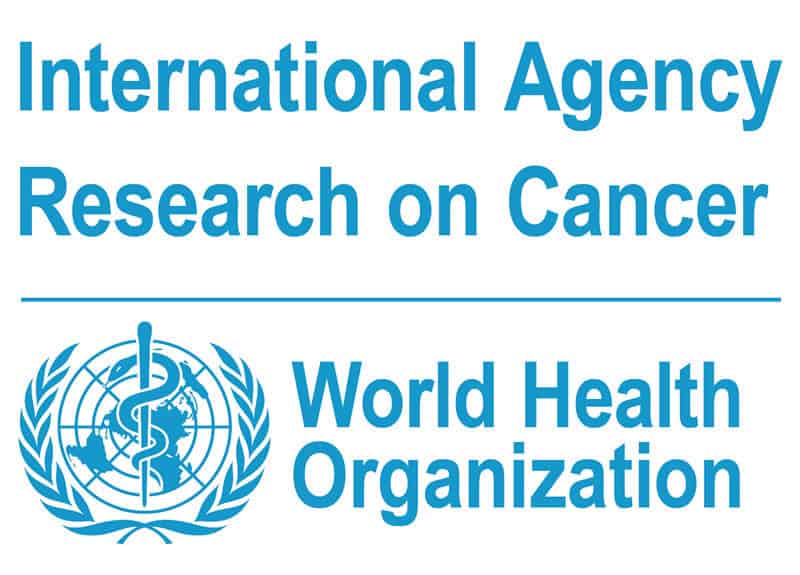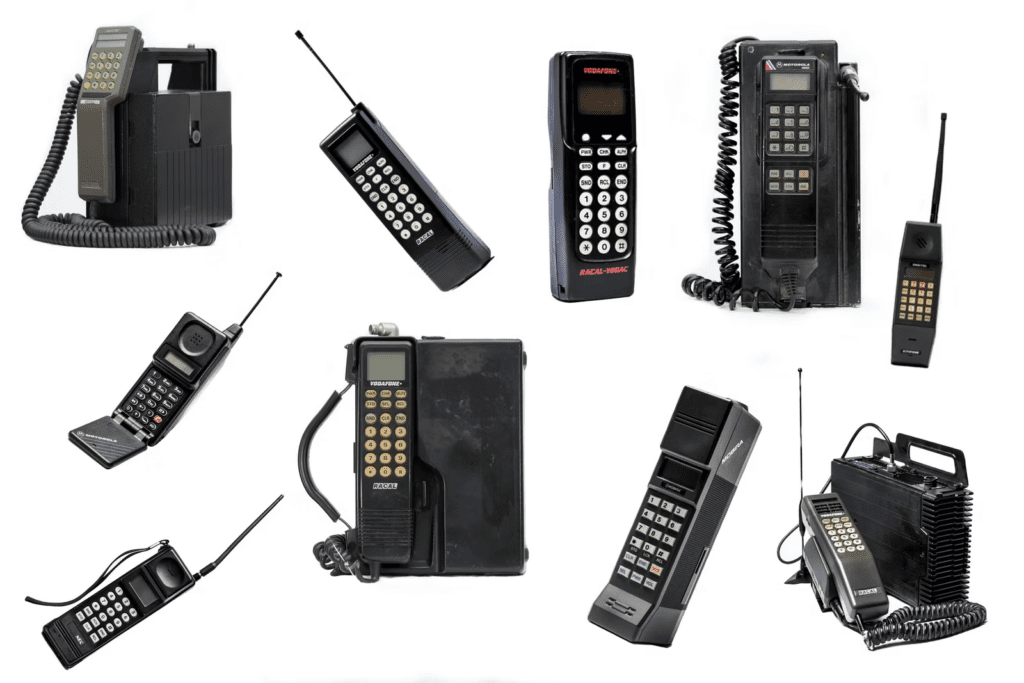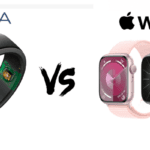In the last post, we saw the tactics the tobacco industry used to create doubt among the public, one of which was to hire scientists to create results that would favor them. And as we saw in part 1 of this series, the wireless industry has used the same tactic in the past—and continues to do so.
But the problem they face is that, although few, there are genuine government and scientific bodies that perform unbiased research on the same subject. This keeps industry-funded studies always at risk of being overpowered. So, what do they do?
See, even non-industry-funded studies are subject to errors, which may lead to inadequate conclusions. The wireless industry simply takes these studies and heavily markets them, creating more doubt in our minds.
In this post, we’ll talk about one such study, which was, many would say, an utter failure, but the industry still continues to cite it in its marketing efforts.
This is the story of the $20 million Interphone study.
So, let’s begin.

Want to Slash Your EMF Health Risks?
Want to Slash Your EMF Health Risks?
Good! Learn the one small change you should make right now.
The Interphone Study
In the year 2000, the International Agency for Research on Cancer (IARC)The International Agency for Research on Cancer (IARC) is a specialized cancer research agency of the World Health Organization (WHO). Established in 1965, its primary goal is to identify the... More, a division of the World Health Organization (WHO), commissioned a massive research study which included 25 separate research institutions across 13 countries. The aim of the study was to find out whether there was a link between cell phone usage and four types of cancer in human tissue. These cancer types were:
- Glioma (brain tumor)
- Meningioma (brain tumor)
- Cancer of the parotid gland (a type of salivary gland)
- And schwannoma (tumors of the acoustic nerve)
They called this the Interphone Study. When the IARC formally concluded the study in 2012, it received a great deal of media coverage on account of its massive size and budget.
You see, in general, with epidemiological studies (studies of health issues in a population), the size matters. This means the greater the number of subjects, the more accurate the findings. And Interphone had plenty of subjects.
They collected data from large populations in all 13 participating countries, and here’s how they concluded their study:
“Overall, no increase in risk of glioma or meningioma was observed with use of mobile phones. There were suggestions of an increased risk of glioma at the highest exposure levels, but biases and error prevent a causal interpretation. The possible effects of long-term heavy use of mobile phones require further investigation.”
Interphone’s Design Flaws
Given the massive scope of the study, everyone thought Interphone would go a long way toward settling the issue. But after 10+ years and $20+ million later, this is what they had to say – “but biases and error prevent a causal interpretation.”
Now keep in mind that this is the largest study on EMF ever. It had hundreds of thousands of participants, spanned 13 countries, and cost tens of millions of dollars. How on earth could they produce results that are so riddled with “biases and error” as to prevent interpretation?
The answer to this lies in the design of the study. Though interestingly, the wireless industry also funded part of this study. But we are choosing to place our trust in IARC’s integrity to not let anyone manipulate the results. So, I’ll not go in-depth on that one.
Coming back to the study’s design, it’s riddled with flaws. The way they collected the data, the factors they didn’t avoid (which they could have been avoided at the planning stage), and the weakest link – reliance on people’s memories.
Reliance on People’s Memories
The wireless industry didn’t permit them to use their customer databases, so the researchers had to rely on people’s memories to understand their phone usage.
Now, if I asked you how many hours you used your phone last month and what for, it would be hard enough for you to answer. But if I asked you the same questions about your phone use from 10 years ago, you can only take a blind guess. And that’s what most of the participants did.
Besides that, the Interphone study faced extreme difficulties in recruiting respondents. The refusal rate was 41% – a rate which many statisticians believe taints any results garnered from the respondents who do accept.
Selection Bias
This creates what researchers call “selection bias,” or a misrepresentation of actual populations in the study, leading to unreliable results.
Another way in which the Interphone study’s design caused a selection bias was through the location of respondents.
The researchers collected nationwide data from only five of the twelve countries. From the remaining seven countries, they just collected data from people living in urban centers.
Now, why is this important? To understand this, you need to know how cell phones connect with the tower. If you’re close to a network source, your phone doesn’t have to work as hard to communicate with the tower. But, if you live far away, your phone will increase its EMF emissions significantly to provide you with a reliable network connection.
So, if you live in a rural area, you’re actually exposed to more cell phone-generated EMF than someone living in an urban area with many network communication points (towers).
Eliminating rural subjects excluded those who, in general, are exposed to the most powerful EMF radiation"Radiation" in the context of Electromagnetic Fields (EMF) refers to the process by which energy is emitted and transmitted through space or a material medium in the form of electromagnetic... More from their phones.
They Excluded Children and Adults Up To 30
Another significant selection bias in the study was not including young subjects. They excluded children and adults up to 30, as well as people who were 60 or older.
Excluding these groups severely limited the scope of the study.
The Length and The Era
Another design flaw is the amount of time this study ran for. See, ten years is a long time, but most cancers have long latency periods. Some take 10 years to form, and some tumors are believed to take up to 25 years to develop.
So, simply analyzing a period of 10 years would likely not provide sufficient time for brain tumors or other cancers to become symptomatic. This led to an under-calculation of risk in the results.
Jack Siemiatycki, the Canada Chair in Environmental Epidemiology"Epidemiology" is the study and analysis of the distribution, patterns, and determinants of health and disease conditions in defined populations. It is a cornerstone of public health and informs policy... More at the University of Montreal, explains that “if it turns out that cellphones cause brain cancer, but in a 15- to 20-year time period before the tumors manifest themselves clinically, we [Interphone] would not have been able to pick this up.”
And the most important part is that this was the 2000s. The data they studied was from when cell phones weren’t even that widespread.
Even though the subjects may have had a phone in 2000, they were likely not using one in 1990 or 1994. So, this leads us to believe that most respondents may not have had sufficient duration for EMF-induced symptoms to emerge.
The Findings Left Room for Individual Interpretation
Interphone had many design flaws that would preclude the possibility of reaching useful conclusions. And unsurprisingly, this led to feuding among the participating scientists over the interpretation of data. This created delays in releasing results, which the European Parliament eventually condemned as “deplorable.”
Although the data collection phase of the study ended in 2004, instead of publishing the results in 2006 as planned, they took another six years to publish them.
Ok, we get the time it took. It’s science. Uncertainty, unforeseen variables, external pressure – they could have faced any of a hundred different situations. But even after taking that long, what’s unacceptable is the confusing results they produced.
Interphone concluded they could link heavy cell phone usage to brain tumors (though “biases and error prevent a causal interpretation”). But on the other hand, they also said that “the report also indicates that the data reveals a reduced risk of brain tumors stemming from cell phone use.”
This baffling conclusion led most epidemiologists, including the authors of Interphone, to consider that “the results point to a systemic flaw in the trial.”
Another big reveal they made was that there’s no link between cell phone use and the development of acoustic neuromas (cancer of the auditory nerve).
Ok, great. But why, in one of their published papers, did they say that “data from five participating countries reported an 80% greater risk on the side of the head where the cell phone is held after 10 years of use?”
The Interphone Study Ignited Even More Puzzling Questions
If you ask me, the findings from the Interphone study were ambiguous and left huge room for individual interpretation of results.
Exacerbating matters, the IARC has refused to release the actual data collected under the Interphone project (though some individual researchers have published subsets of the Interphone data).
This ignited more puzzling questions and, as a byproduct of this, doubt. And how could wireless companies not use this sweet opportunity?
That’s What They Used
This study gave the wireless industry what it wanted – uncertainty.
Even though this study found many instances where people had developed health problems, which they could link to their cell phone usage, because of how the study went, they could simply say that the largest study on the effects of cell phone use on the human body found no concrete evidence that cell phones cause cancer.
And that’s what they did – on a large scale. In fact, the industry continues to cite this study when asked about the dangers of cell phones.
So, What’s The Lesson?
What the EMF industry is doing isn’t new. As we saw in this series, the tobacco industry did this for almost 90 years. And that’s not even it. Across various industries involving global warming, asbestos, lead, plastics, and other toxic materials, companies have regularly skewed the scientific literature, manufactured and magnified scientific uncertainty, and influenced policy decisions to keep the public confused.
History shows us that it can take 30 to 100 years between the first “early warning” signs and the regulatory action taken to protect public health. The scientific evidence for EMF, however, has finally reached a tipping point. It is calling us to stop arguing the science, and to move into acceptance that EMFs are indeed hazardous.
Unfortunately, the success of the wireless industry in manufacturing doubt has significantly slowed the progress in establishing safety standards to protect consumers.
So, the responsibility falls upon you to protect yourself and your loved ones. Visit my EMF Healthy Living Tips page to learn more about reducing your EMF exposure and being on the safer side of the equation.
But wait! So far in this series, we’ve mostly talked about the things wireless industries did and the kind of studies they prioritized. What about the studies that actually refute what the wireless industry says?
EMF’s Effects on Health – Research Timeline (Preview)
In our last post in this series, we’ll shed light on those studies that tell us the truth but have been hidden, kept secret, and been faced with nullification attempts so you don’t find out the truth.
The next post in this series is “EMF’s Effects on Health – Research Timeline,” so stay tuned.
Final Thoughts
This series is about to end, with just one post remaining. We’ve covered a lot in these six posts, which is why if you read just this one, I’d understand if it confused you. But no worries; with just a click of a button below, you can read the whole series for free. So, check it out.
For those who have been with us since the beginning of this series, thank you for your support. And stay tuned for the last installment.
Until then, stay safe and take care.











